Home>Home Appliances>Kitchen Appliances>How To Dehydrate Eggs Without A Dehydrator
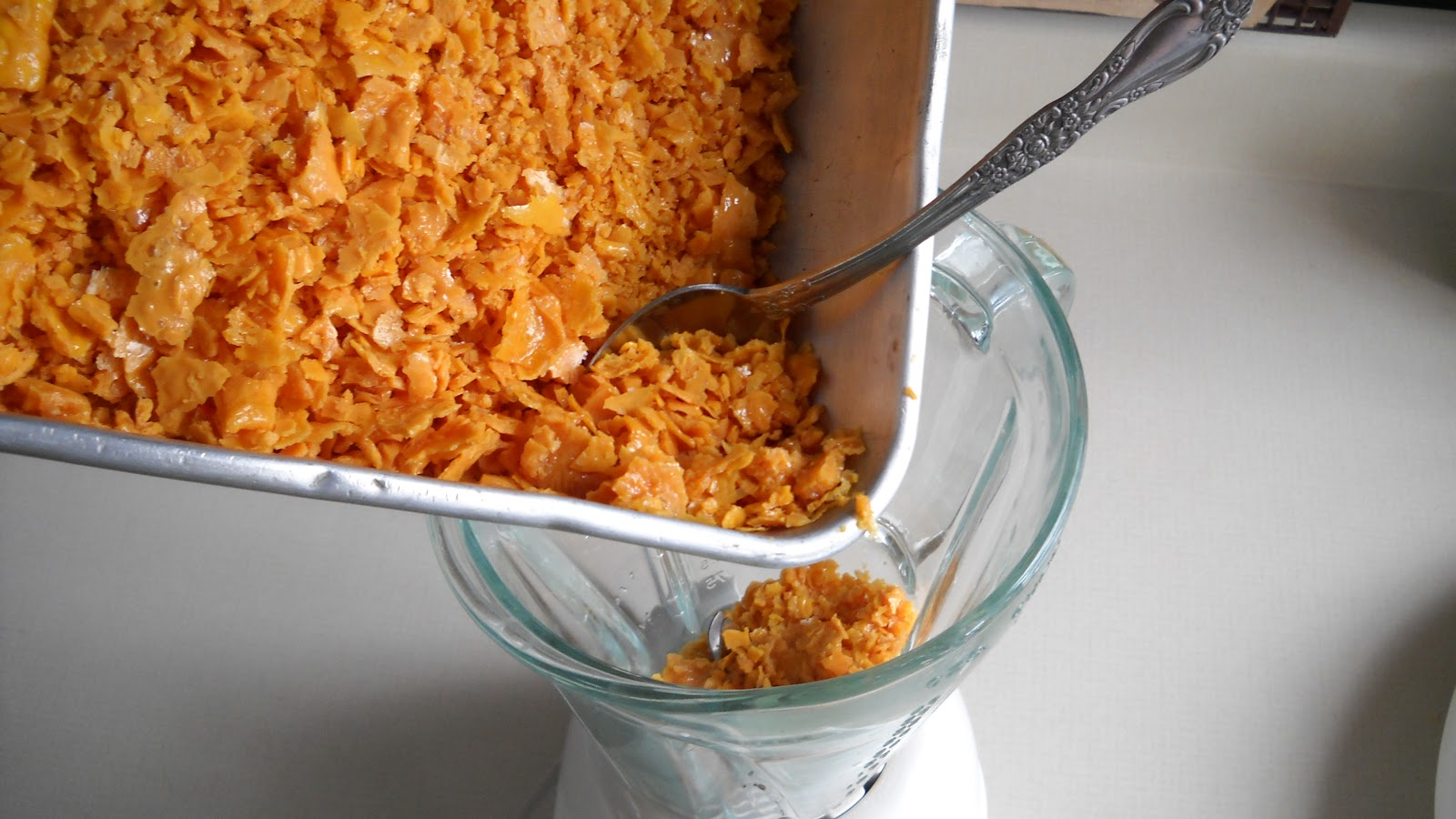

Kitchen Appliances
How To Dehydrate Eggs Without A Dehydrator
Modified: January 18, 2024
Learn how to dehydrate eggs without a dehydrator using common kitchen appliances. Preserve eggs for long-term storage with this simple method. Ideal for preppers and homesteaders.
(Many of the links in this article redirect to a specific reviewed product. Your purchase of these products through affiliate links helps to generate commission for Storables.com, at no extra cost. Learn more)
Introduction
Welcome to the world of dehydrating eggs without a dehydrator! While the concept might seem unconventional at first, it’s a fantastic way to preserve eggs for extended periods. Whether you’re an avid hiker, a prepper, or simply looking for ways to minimize food waste, dehydrating eggs offers a versatile solution. In this guide, we’ll explore the process of dehydrating eggs using a standard oven, providing you with a convenient method to create a long-lasting and easily storable egg supply.
Dehydrating eggs is a practical and space-saving technique that can be utilized in various culinary applications. From enriching backpacking meals with a protein-packed punch to ensuring a backup supply of eggs for baking and cooking, dehydrated eggs offer a multitude of benefits. By following the steps outlined in this guide, you’ll be equipped with the knowledge to effectively dehydrate eggs without the need for specialized equipment, allowing you to harness the power of preservation and preparation in your own kitchen.
So, let’s embark on this dehydrating adventure and uncover the secrets of transforming liquid gold into a lightweight, shelf-stable ingredient that’s ready to elevate your culinary creations!
Key Takeaways:
- Dehydrating eggs without a dehydrator offers extended shelf life, space-efficient storage, and portability for outdoor adventures, making it a versatile and practical solution for preserving eggs.
- By following simple steps to prepare, dehydrate, store, and rehydrate eggs, you can seamlessly incorporate dehydrated eggs into various recipes, enhancing your culinary creations with convenience and long-lasting benefits.
Read more: How To Store Dehydrated Eggs
Why Dehydrate Eggs?
Dehydrating eggs presents a myriad of advantages that cater to diverse needs and preferences. Here are several compelling reasons why dehydrating eggs is a valuable practice:
- Extended Shelf Life: Dehydrating eggs significantly prolongs their shelf life, making it an ideal method for preserving surplus eggs or creating a long-term food supply. This is particularly advantageous for individuals seeking to minimize food waste and ensure a readily available source of eggs.
- Space-Efficient Storage: Dehydrated eggs occupy minimal space compared to their fresh counterparts, allowing for convenient storage in compact containers or resealable bags. This space-efficient quality is especially beneficial for outdoor enthusiasts, preppers, and individuals with limited storage space.
- Portability: Dehydrated eggs are lightweight and portable, making them an excellent choice for backpacking, camping, and emergency preparedness. By dehydrating eggs, you can conveniently pack a concentrated source of protein for outdoor adventures without the bulk and fragility associated with fresh eggs.
- Convenience in Cooking and Baking: Dehydrated eggs offer the convenience of readily available eggs for cooking and baking endeavors. Whether you’re whipping up a batch of scrambled eggs in the wilderness or incorporating eggs into homemade baked goods, dehydrated eggs provide a versatile and easily accessible ingredient.
- Emergency Preparedness: Dehydrated eggs serve as a valuable component of emergency food supplies, ensuring a reliable source of nourishment during unforeseen circumstances or natural disasters. By dehydrating eggs, you can proactively prepare for potential disruptions to regular food access.
By embracing the practice of dehydrating eggs, individuals can harness the benefits of prolonged shelf life, space-efficient storage, portability, cooking and baking convenience, and enhanced emergency preparedness. Whether you’re seeking to minimize food waste, embark on outdoor adventures, or fortify your emergency provisions, dehydrating eggs offers a versatile and practical solution.
Preparing Eggs for Dehydration
Before diving into the dehydrating process, it’s essential to prepare the eggs to ensure optimal results. Follow these steps to effectively prepare eggs for dehydration:
- Cracking and Beating: Begin by cracking the desired number of eggs into a clean bowl. To facilitate the dehydration process, thoroughly beat the eggs until the yolks and whites are uniformly blended. This step ensures that the eggs dehydrate evenly without any distinct separation between the yolk and white.
- Straining (Optional): For a smoother and more consistent texture in the dehydrated eggs, consider straining the beaten eggs through a fine-mesh sieve to remove any potential clumps or stringy egg white remnants. While this step is optional, it contributes to the overall quality of the dehydrated eggs.
- Seasoning (Optional): If desired, season the beaten eggs with a pinch of salt or other preferred seasonings. While seasoning is optional, it can enhance the flavor profile of the dehydrated eggs, especially if they will be used in savory dishes or enjoyed on their own.
- Pouring and Spreading: Once the eggs are prepared, carefully pour the beaten mixture onto solid dehydrator trays or, if using an oven, onto parchment-lined baking sheets. Spread the mixture evenly to achieve a uniform thickness, ensuring consistent dehydration throughout.
By meticulously preparing the eggs for dehydration through thorough beating, optional straining, seasoning, and even spreading, you set the stage for successful dehydration and optimal results. These preparatory measures contribute to the overall quality and versatility of the dehydrated eggs, laying the foundation for a convenient and reliable ingredient for various culinary applications.
Dehydrating Eggs in the Oven
Dehydrating eggs in the oven is a practical alternative for individuals who do not have access to a dedicated food dehydrator. By following these simple steps, you can effectively dehydrate eggs using a standard oven:
- Preheat the Oven: Begin by preheating your oven to the lowest possible temperature, typically ranging from 140°F to 170°F (60°C to 75°C). It’s essential to use a low temperature to gently dehydrate the eggs without cooking them.
- Prepare the Trays: Line baking sheets or solid dehydrator trays with parchment paper to prevent the beaten eggs from sticking. Ensure that the parchment paper is smoothly laid out to facilitate easy removal of the dehydrated eggs.
- Pour and Spread: Carefully pour the beaten and optionally seasoned eggs onto the prepared trays, spreading the mixture evenly to achieve a uniform thickness. This ensures consistent dehydration and uniform texture in the resulting dehydrated eggs.
- Monitor and Rotate: Place the trays in the preheated oven and monitor the dehydration progress. Depending on the oven’s temperature and the thickness of the egg mixture, dehydration may take several hours. Periodically rotate the trays to promote even dehydration throughout the process.
- Check for Dryness: To determine if the eggs are adequately dehydrated, carefully touch the surface of the mixture. It should feel dry and firm, indicating that the dehydration process is complete.
- Cool and Store: Once the eggs are fully dehydrated, allow them to cool to room temperature on the trays. Then, carefully transfer the dehydrated eggs to airtight containers or resealable bags for storage in a cool, dry place.
Dehydrating eggs in the oven offers a straightforward and accessible method for creating a long-lasting supply of dehydrated eggs. By preheating the oven, preparing the trays, pouring and spreading the beaten eggs, monitoring the dehydration progress, checking for dryness, and finally cooling and storing the dehydrated eggs, you can successfully harness the power of dehydration without the need for specialized equipment.
With this oven-based approach, you can enjoy the convenience and versatility of dehydrated eggs, whether for outdoor adventures, culinary endeavors, or emergency preparedness, all achieved within the familiar confines of your kitchen.
Spread beaten eggs thinly on a parchment-lined baking sheet. Bake at 150°F for 6-8 hours, or until completely dry. Break into pieces and blend into a powder for long-term storage.
Storing Dehydrated Eggs
Proper storage is crucial to maintain the quality and longevity of dehydrated eggs. By following these guidelines, you can ensure that your dehydrated eggs remain viable for an extended period:
- Cooling to Room Temperature: After dehydrating the eggs, allow them to cool completely to room temperature before proceeding with the storage process. This ensures that any residual moisture evaporates, preventing potential condensation in the storage containers.
- Airtight Containers: Transfer the cooled dehydrated eggs to airtight containers or resealable bags designed for long-term food storage. Ensure that the containers are clean, dry, and capable of effectively sealing out moisture and air to maintain the integrity of the dehydrated eggs.
- Labeling and Dating: Clearly label the storage containers with the contents and the date of dehydration. This practice facilitates organization and enables you to track the age of the dehydrated eggs, helping you prioritize their use based on freshness.
- Cool, Dry Location: Store the containers of dehydrated eggs in a cool, dry, and dark location to minimize exposure to light, heat, and humidity. Avoid placing the containers near sources of heat or in areas prone to temperature fluctuations, as consistent conditions contribute to prolonged shelf life.
- Absorbent Packs (Optional): To further safeguard the dehydrated eggs from moisture, consider including desiccant packets or oxygen absorbers in the storage containers. These packs help maintain a low-humidity environment within the containers, enhancing the preservation of the dehydrated eggs.
By adhering to these storage practices, you can safeguard the quality and longevity of your dehydrated eggs, ensuring that they remain viable for future use. Whether you’re preparing for outdoor excursions, bolstering your emergency provisions, or simply seeking to minimize food waste, properly stored dehydrated eggs offer a versatile and valuable ingredient for a wide range of culinary applications.
Rehydrating Dehydrated Eggs
Rehydrating dehydrated eggs is a straightforward process that restores their original texture and functionality, allowing you to incorporate them into various recipes and dishes. Follow these simple steps to rehydrate dehydrated eggs effectively:
- Ratio of Water to Eggs: Determine the desired quantity of rehydrated eggs needed for your recipe. As a general guideline, for every tablespoon of dehydrated eggs, add approximately two tablespoons of water. Adjust the ratios based on your specific recipe requirements.
- Rehydration Container: Place the dehydrated eggs in a suitable container and add the corresponding amount of water. Ensure that the container provides ample space for the eggs to rehydrate without overflowing or becoming overly concentrated.
- Stirring and Resting: Gently stir the dehydrated eggs and water together, ensuring that the eggs are evenly moistened. Allow the mixture to rest for a few minutes, facilitating the rehydration process and enabling the eggs to absorb the water effectively.
- Observing Consistency: After the resting period, observe the consistency of the rehydrated eggs. If necessary, add small increments of water and continue stirring until the desired texture and moisture level are achieved. This step allows you to tailor the rehydration process to suit your specific culinary needs.
- Usage in Recipes: Once the dehydrated eggs have been adequately rehydrated, incorporate them into your chosen recipes as you would with fresh eggs. Whether you’re preparing omelets, scrambled eggs, baked goods, or other dishes, the rehydrated eggs offer the same versatility and functionality as their fresh counterparts.
By following these rehydration steps, you can seamlessly reintroduce dehydrated eggs into your culinary repertoire, unlocking their potential for diverse cooking and baking endeavors. Whether you’re in the kitchen, at a campsite, or navigating emergency situations, rehydrated eggs offer a convenient and reliable solution for incorporating this essential ingredient into your favorite recipes.
With the ability to effortlessly rehydrate dehydrated eggs, you can embrace their versatility and practicality, enhancing your culinary creations with a convenient and long-lasting egg supply.
Tips and Tricks for Dehydrating Eggs
Enhance your dehydrating endeavors with these valuable tips and tricks, designed to optimize the process and elevate the quality of your dehydrated eggs:
- Fresh Eggs: Utilize fresh, high-quality eggs for dehydrating to ensure optimal flavor and nutritional value in the resulting dehydrated eggs.
- Thorough Beating: Take the time to thoroughly beat the eggs to achieve a consistent texture, promoting even dehydration and rehydration in the future.
- Uniform Spreading: When pouring the beaten eggs onto trays for dehydration, ensure an even and uniform spread to facilitate consistent drying and reconstitution.
- Low Oven Temperature: If using an oven for dehydration, maintain a low and steady temperature to gently dry the eggs without cooking them.
- Monitoring Dehydration: Regularly monitor the progress of the dehydration process to prevent over-drying or under-drying, ensuring the optimal texture and quality of the dehydrated eggs.
- Cooling Prior to Storage: Allow the dehydrated eggs to cool completely before transferring them to storage containers, preventing potential moisture retention and spoilage.
- Proper Labeling: Clearly label the storage containers with the contents and date of dehydration to track freshness and facilitate organized usage.
- Rehydration Ratios: Experiment with rehydration ratios to achieve the desired texture and consistency when reintroducing dehydrated eggs into recipes.
- Storage Environment: Store the dehydrated eggs in a cool, dark, and dry environment to maintain their quality and prolong their shelf life.
- Recipe Adaptation: Explore diverse recipes and culinary applications for rehydrated eggs, leveraging their versatility in cooking and baking endeavors.
By incorporating these tips and tricks into your dehydrating process, you can refine the quality of your dehydrated eggs and optimize their usability in various culinary contexts. Whether you’re embarking on outdoor adventures, preparing for emergencies, or simply seeking to extend the shelf life of eggs, these insights will empower you to harness the full potential of dehydrated eggs in your kitchen.
Conclusion
Congratulations on delving into the world of dehydrating eggs without a dehydrator! By exploring the process of transforming fresh eggs into a lightweight, shelf-stable ingredient, you’ve unlocked a versatile and practical solution for preserving eggs and enhancing your culinary repertoire.
Dehydrating eggs offers a multitude of benefits, including extended shelf life, space-efficient storage, portability, cooking and baking convenience, and enhanced emergency preparedness. Whether you’re an outdoor enthusiast, a home cook, or a proactive planner, the ability to dehydrate eggs empowers you to minimize food waste, prepare for adventures, and fortify your emergency provisions with a reliable source of nourishment.
From meticulously preparing the eggs for dehydration to rehydrating them for use in an array of recipes, you’ve gained valuable insights into the transformative process of dehydrating eggs. By adhering to best practices, such as thorough beating, uniform spreading, and proper storage, you can ensure the quality and longevity of your dehydrated eggs, enabling you to enjoy their benefits for an extended period.
As you continue to experiment with dehydrated eggs in your culinary creations, remember to leverage their versatility and convenience, whether you’re whipping up a quick meal at home, embarking on outdoor excursions, or preparing for unforeseen circumstances. The ability to seamlessly reintroduce dehydrated eggs into your favorite recipes underscores their value as a reliable and enduring ingredient in your kitchen.
By embracing the art of dehydrating eggs without a dehydrator, you’ve embraced a sustainable and innovative approach to food preservation, maximizing the utility of eggs while minimizing waste. As you embark on your dehydrating journey, may the knowledge and skills you’ve acquired continue to enrich your culinary experiences and empower you to create delicious and nourishing dishes, no matter where your adventures take you.
Frequently Asked Questions about How To Dehydrate Eggs Without A Dehydrator
Was this page helpful?
At Storables.com, we guarantee accurate and reliable information. Our content, validated by Expert Board Contributors, is crafted following stringent Editorial Policies. We're committed to providing you with well-researched, expert-backed insights for all your informational needs.
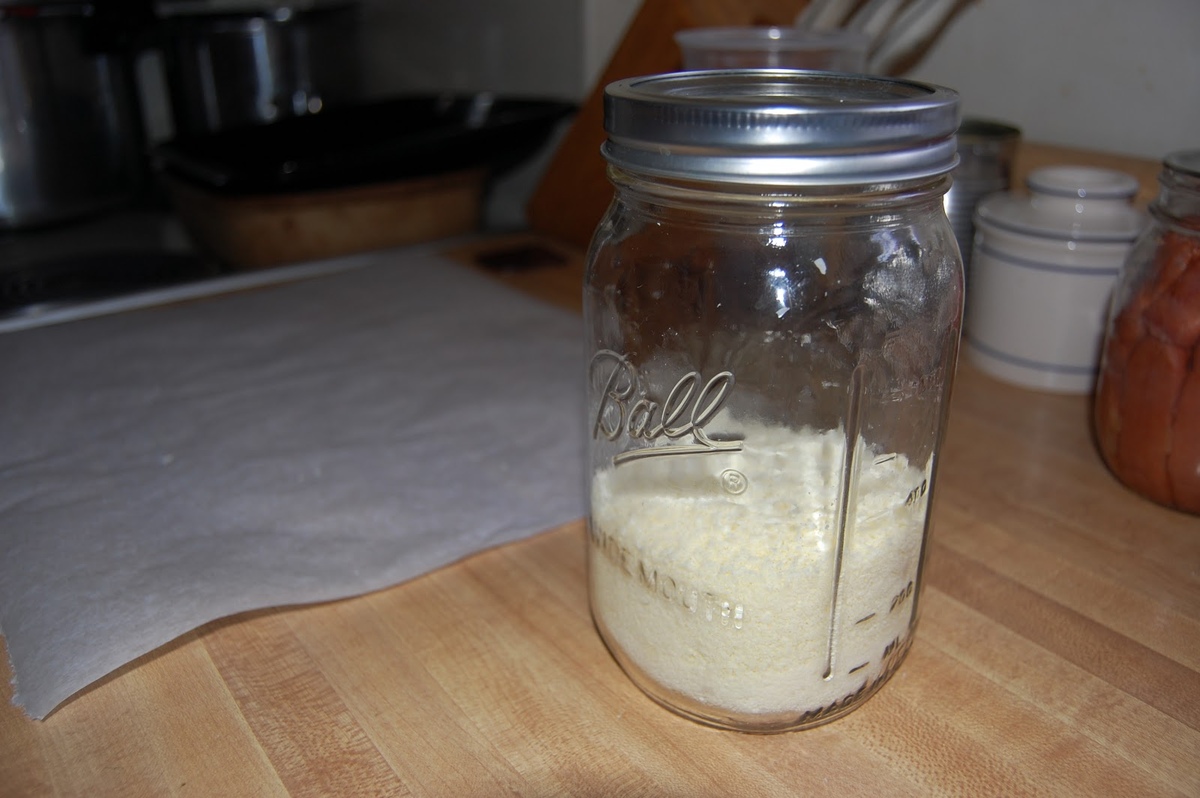
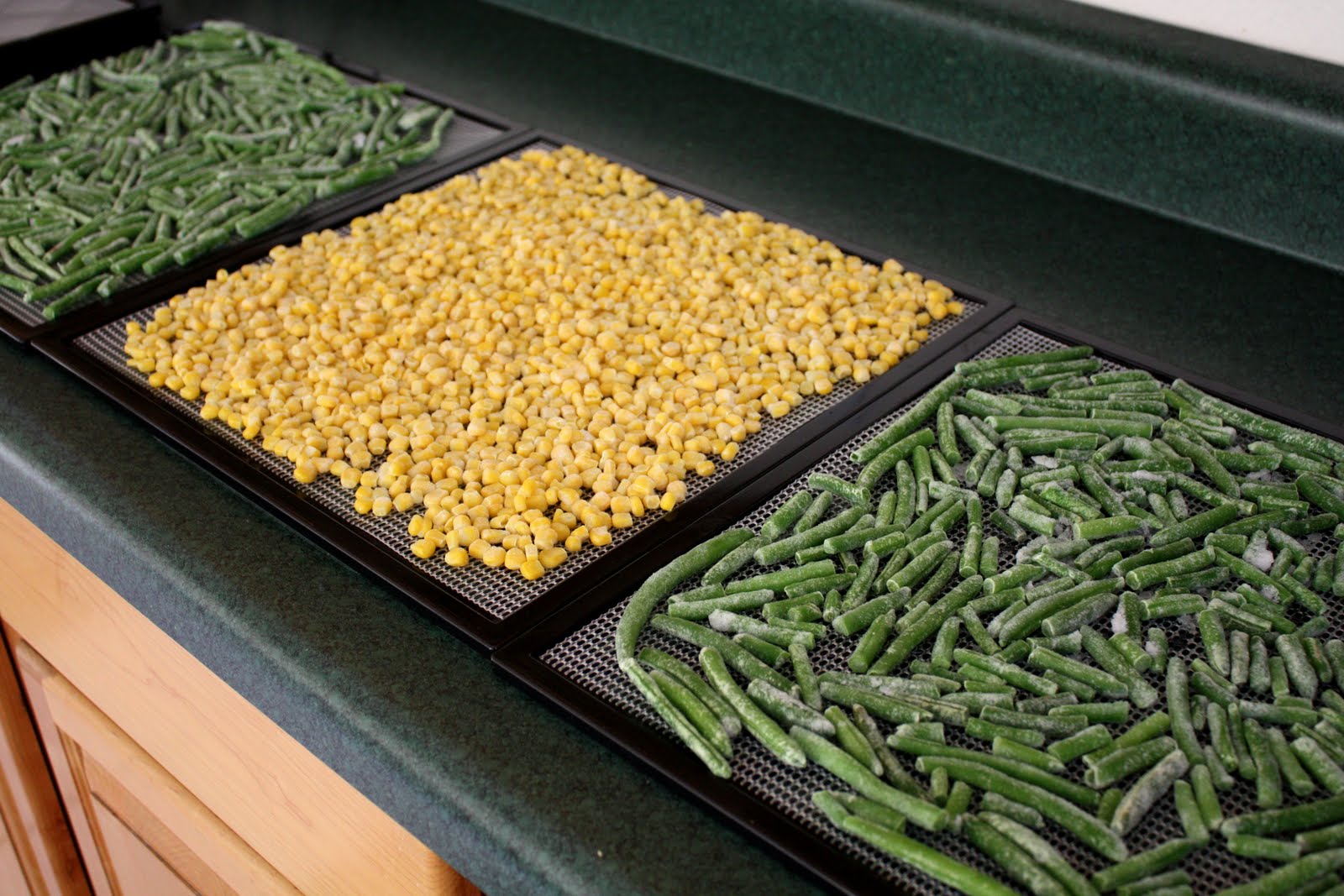
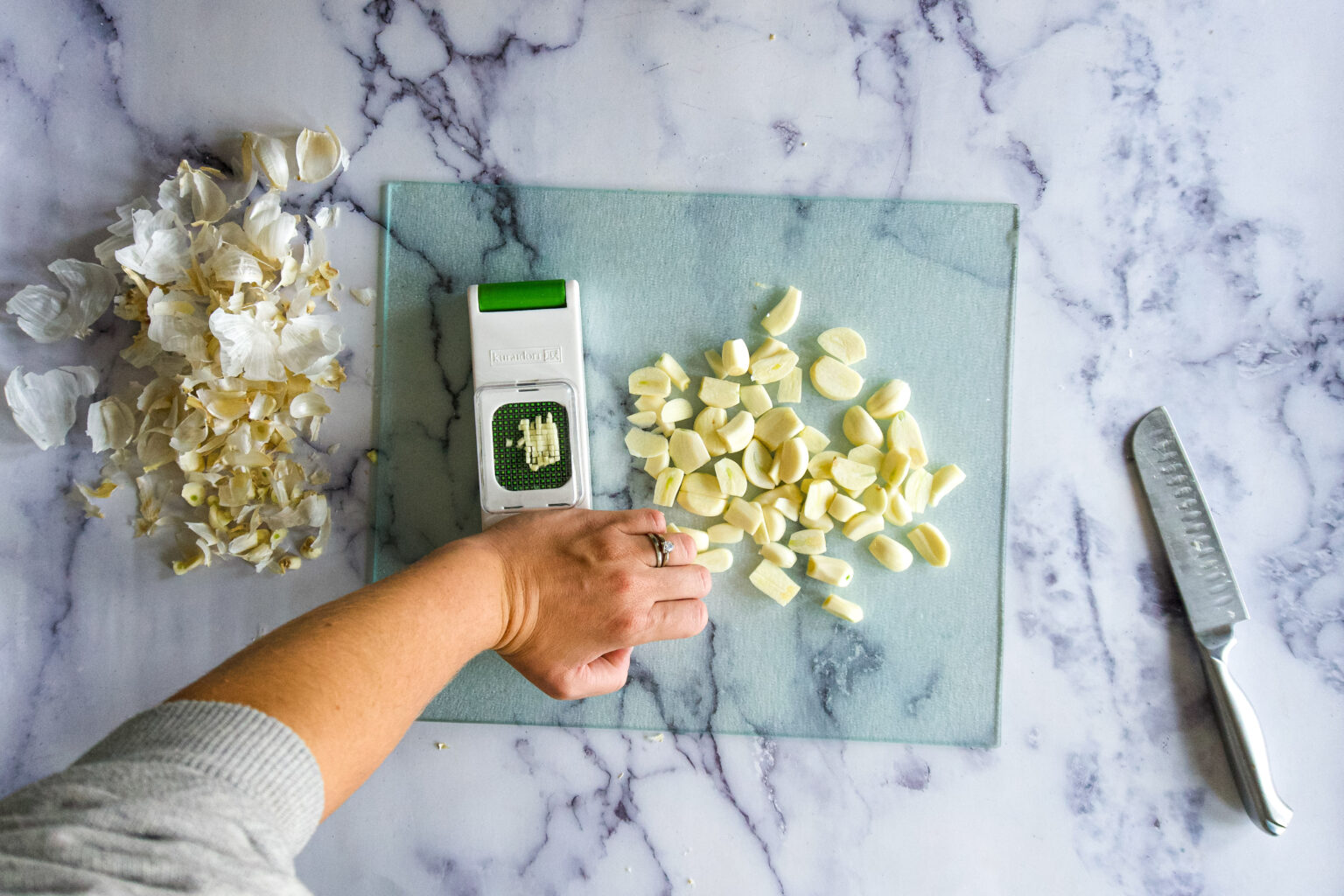









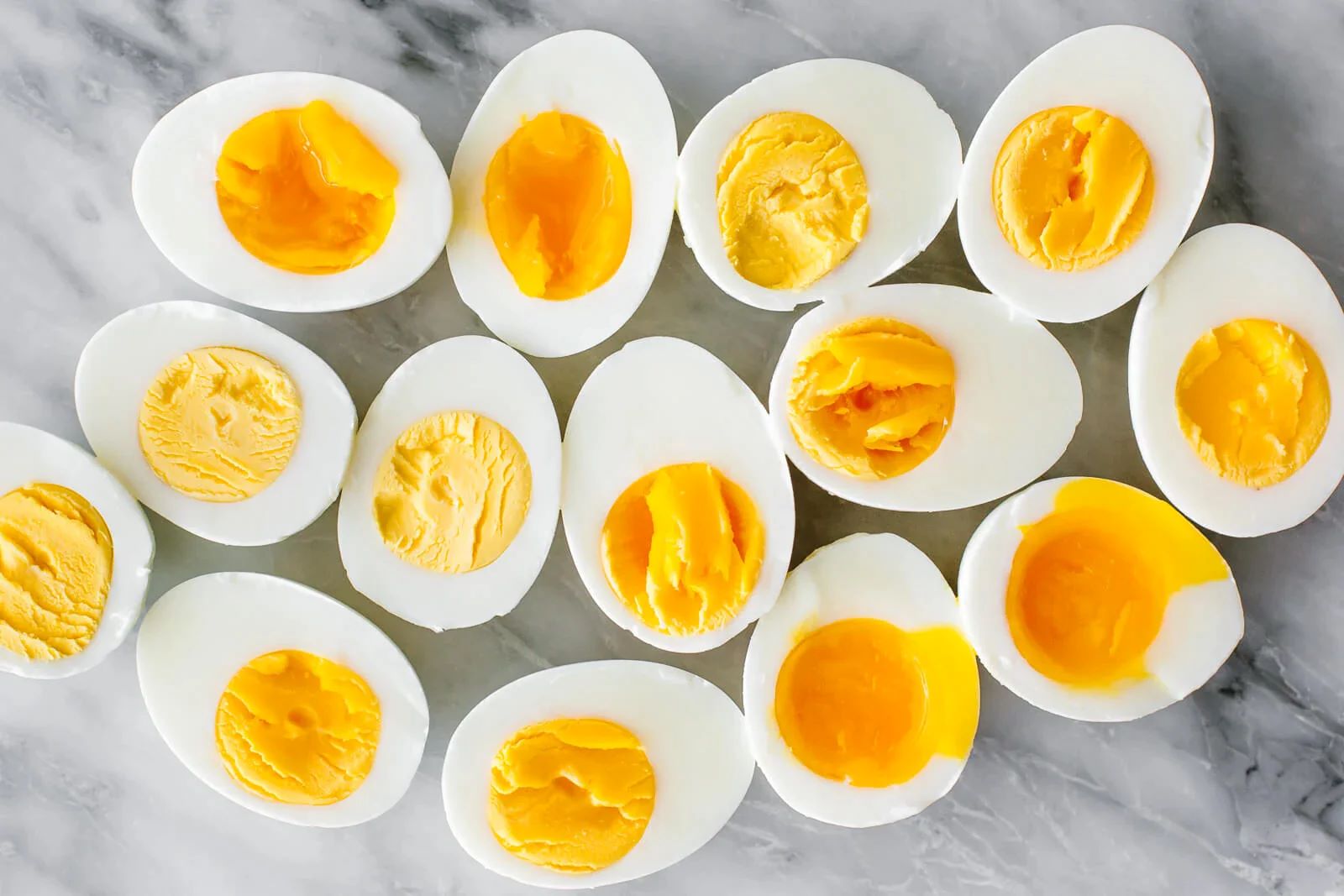
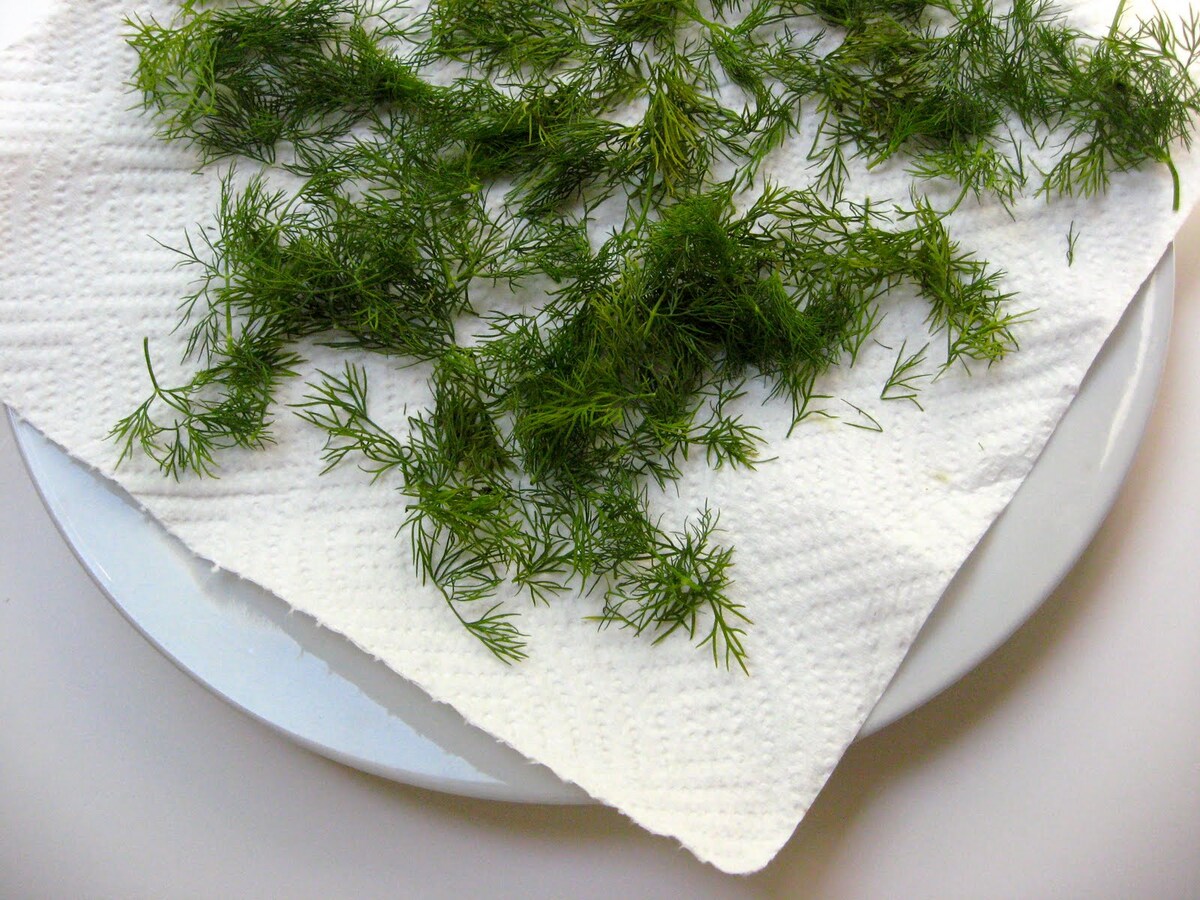

0 thoughts on “How To Dehydrate Eggs Without A Dehydrator”